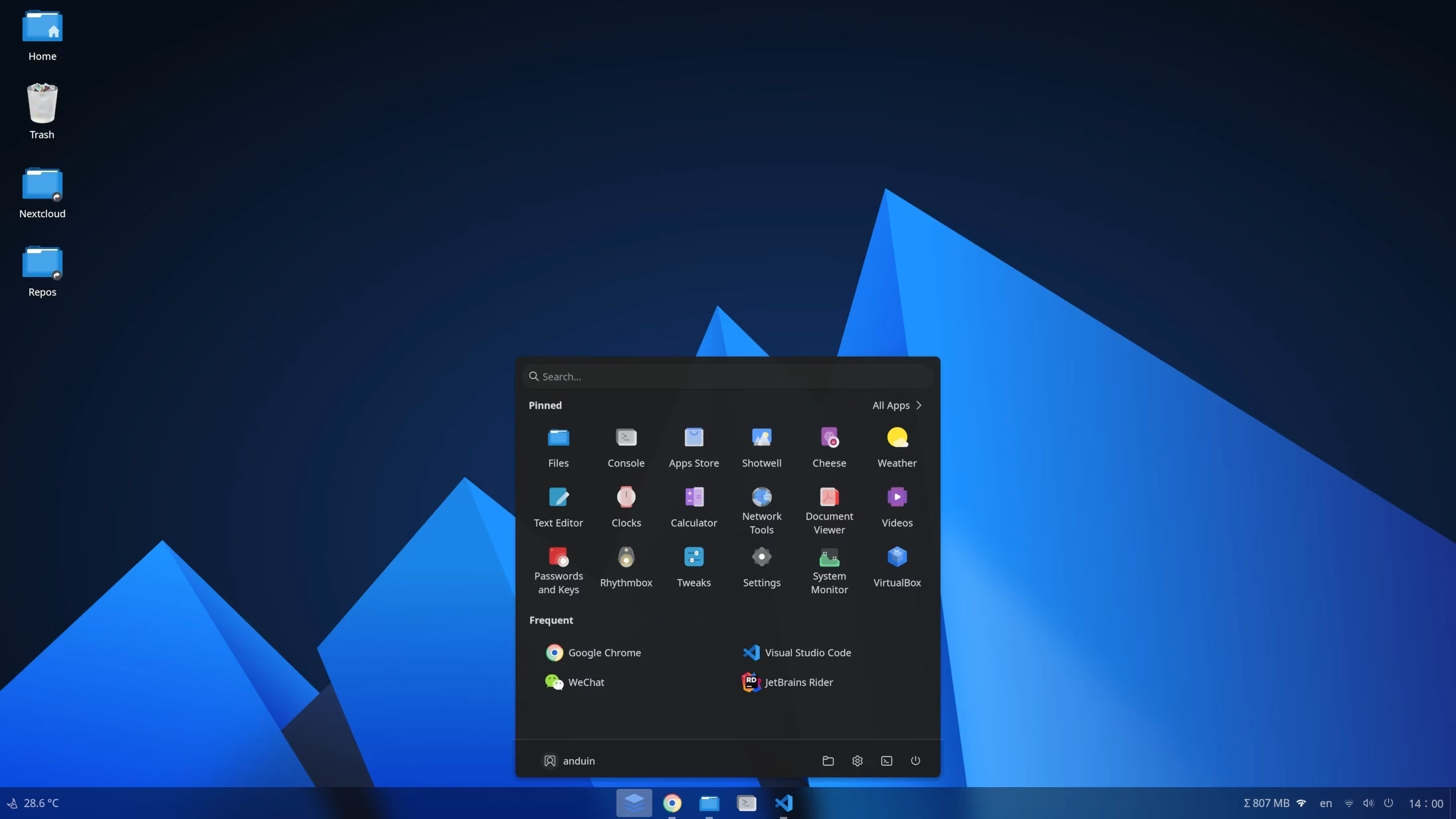AnduinOS Receives Latest Point Release Updates: A Deeper Dive into the Windows 11-Like Linux Experience
It's always interesting to watch the Linux landscape evolve, isn't it? Especially when a distribution carves out a niche that directly addresses a common user pain point. AnduinOS, the Ubuntu-based Linux distribution meticulously crafted to mimic the look and feel of Windows 11, has just rolled out its latest point release updates. For many, this isn't just another Linux update; it's a significant step for a project aiming to bridge the gap between Windows familiarity and Linux power.
This recent refresh isn't about groundbreaking new features, not directly anyway. Instead, it's about refinement, stability, and ensuring a smoother experience for its growing user base. And that, frankly, is often more important than a flashy new gimmick.
What Makes AnduinOS Tick? The Familiarity Factor
Underneath that familiar veneer, however, lies the robust and reliable foundation of Ubuntu. This means users get access to a vast software repository, excellent hardware compatibility, and a strong community support system. It's truly the best of both worlds for those who appreciate the Windows UI but crave the stability, security, and flexibility that Linux offers. Think of it as putting a Ferrari engine in a comfortable, familiar sedan. You get the performance without the steep learning curve.
The Latest Point Release: Stability and Seamless Upgrades
The news buzzing around the community recently is the availability of the latest point release updates for AnduinOS. What does a "point release" mean in this context? Typically, it signifies a collection of bug fixes, security patches, and minor enhancements that improve the overall stability and performance of the existing major version. It's not a full version jump, like from 1.3 to 1.4, but rather a polish of what's already there.
For users, this translates to a more reliable system. Less unexpected crashes, better compatibility with various hardware, and generally a smoother day-to-day experience. Crucially, the team has also provided clear, straightforward instructions on how to upgrade. This might seem like a small detail, but for users who are new to Linux, having a hassle-free upgrade path is a huge confidence booster. No one wants to feel like they need a computer science degree just to keep their OS current.
Beyond the Visuals: Performance and Developer Appeal
While the Windows 11 aesthetic is AnduinOS's most talked-about feature, it's far from being a one-trick pony. The underlying Ubuntu base, combined with the team's optimizations, ensures a snappy and responsive experience. We saw this with the AnduinOS 1.3 release earlier this year, which brought significant updates like GNOME 48 and, notably, HDR support. These aren't just cosmetic changes; they're about enhancing the core functionality and user experience.
AnduinOS has also garnered significant attention from the developer community. Why? Because developers often appreciate the Linux environment for its powerful command-line tools, robust development ecosystems, and open-source nature. But many are also accustomed to the Windows interface from their daily work or personal machines. AnduinOS offers that perfect blend: a familiar desktop for comfort, backed by a powerful Linux backend for serious coding and development tasks. It's a pragmatic choice, really.
Community Buzz and Market Position
The reception to these updates, and to AnduinOS in general, has been largely positive. A quick scroll through social media platforms reveals users expressing enthusiasm for the continued development and the ease of upgrading. It seems the team is hitting the right notes with its target audience.
This positive sentiment isn't just anecdotal. Experts in the field recognize AnduinOS as a valuable option, especially for those looking to transition from Windows. Why are people looking to transition, you ask? Well, with Windows 10 nearing its end-of-life and Windows 11 often perceived as bloated or overly restrictive by some, the demand for user-friendly Linux alternatives is certainly on the rise. AnduinOS positions itself perfectly in this evolving market, offering a compelling alternative that doesn't force a complete paradigm shift in user interaction. It's a smart play in a competitive field.
The Road Ahead for AnduinOS
So, what do these point releases mean for the future of AnduinOS? They signify a commitment to stability and user experience. It shows that the developers aren't just focused on initial releases but on long-term maintenance and refinement. This kind of dedication builds trust, which is crucial for any emerging operating system.
AnduinOS isn't just another Linux distro; it's a carefully considered project aiming to solve a specific problem for a large segment of potential Linux users. By offering a familiar face with a powerful, flexible heart, it's making the leap to Linux less daunting. And with each stable update, it solidifies its position as a serious contender for anyone seeking a fresh, yet familiar, computing experience. I, for one, am keen to see where they take it next.
